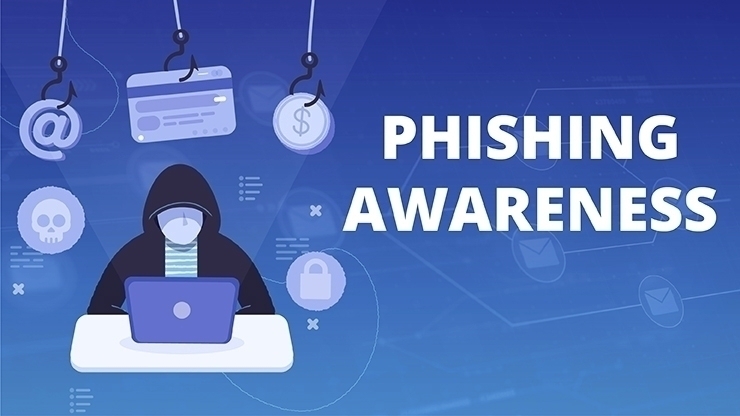Phishing is when cybercriminals attempt to trick individuals into providing sensitive or personal information, usually…

What is Multi-Factor Authentication?
Multi-Factor Authentication (“MFA”) is an authentication method that requires the user to provide two or more verification factors to gain access to a resource such as an application, online account, or a VPN. Rather than just asking for a username and password, MFA requires one or more additional verification factors, which decreases the likelihood of a successful cyber-attack to be able to follow through. Unfortunately, many others don’t take password security seriously, which makes them especially vulnerable to hackers in the long run.
Multi-Factor Authentication is one of your best defenses for protecting your user accounts, data, devices, and systems from unauthorized access.
Why is MFA important?
MFA will enhance your organization’s security by requiring your users to identify themselves by more than a username and password. While important, usernames and passwords are vulnerable to brute force attacks
Good password security can help protect you from data breaches, network intrusions, malware and viruses. It can also minimize your risk of lawsuits, fines and bad publicity that can accompany a data breach. Since passwords can be stolen or guessed, MFA adds an extra step — like entering a code sent to your phone or using your fingerprint — to make sure it’s really you trying to access an account. This extra layer of security makes it much harder for hackers to break in, even if they have your password. Whether you’re checking email, banking online, or using social media, MFA helps protect your identity and your information.
Benefits of MFA
Multi-Factor Authentication gives you the added benefits:
- Enhanced security
- Reduced risk of unauthorized access
- Protection against phishing attacks
- Customizable security policies
- Ease of integration and usability
- Cost-effectiveness
- Reduce impact of password fatigue

